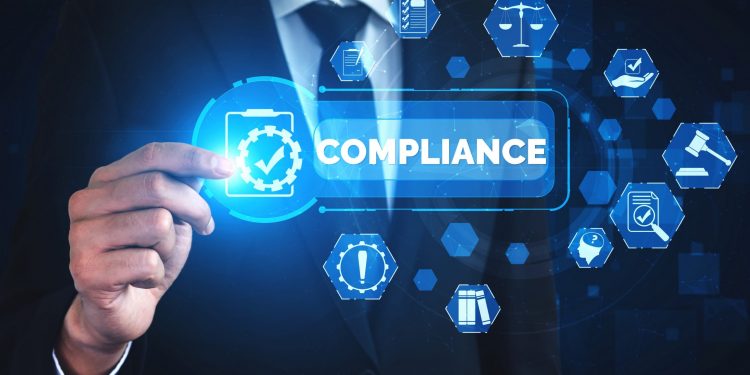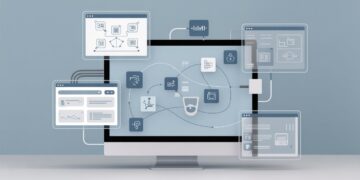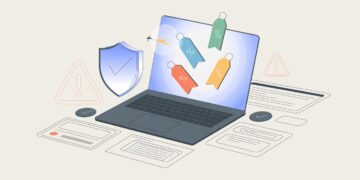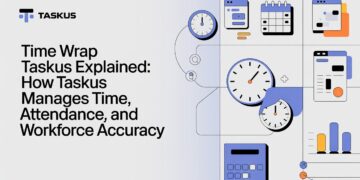Suppose you are looking for a way to help your business stay compliant with state-imposed regulations, Federal laws, and other compliance requirements. In that case, there is no better solution than a good Compliance Management System (CMS).
The right CMS will have features that make it easy to get up and running quickly. Below are a few of the top features to look for:
Automated Reporting
Automated reporting is one of the top features to look for in a compliance management system. It helps companies streamline decision-making processes by giving users access to real-time data in a visualized format.
Report automation eliminates the need for manual data wrangling and reduces the risk of human error. It also frees up key staff members’ time to work on more value-add activities that enhance business insights and drive better decisions.
While automated reporting is a great way to reduce reliance on manual processes, there are some issues you should consider before adopting this solution.
Employee satisfaction: The need for manual reporting can deter talented employees from staying at an organization. As a result, they may seek positions elsewhere that offer a more enjoyable and rewarding work environment.
Operational risk: Businesses must respond effectively to operational risks that materialize through system failures, fraud, or cybersecurity threats. Without this ability, these risks could lead to a major financial loss or sabotage the company’s reputation.
The best compliance management systems will have an automated risk analysis function to identify and assess operational risks before they become problematic. This ensures that any resulting issues are quickly resolved, and a competent response can be delivered.
Traceability
Traceability is one of the most important aspects of any manufacturing business. It helps you understand the entire history of your products and how they got to your customers.
It also ensures you can recall products if needed without wasting time or money. This is especially critical in industries with strict compliance regulations, such as the automotive or food industry.
The traceability process starts with marking all raw materials, WIP inventory, finished goods, workstations, and other parties directly handling your products. This is done by using unique numbers or barcodes on the product itself and recording all processes involved in the items.
Having traceability data automatically integrated into your software allows all team members to track their work in real time, boosting productivity and the quality of their work. Moreover, it decreases defect rates and makes it easier to find errors.
Integrations
In a regulated industry, compliance is key to success. It protects your brand and reputation, avoiding costly fines, product failures, and recalls, not to mention lawsuits.
Automated and integrated systems that support your overall business goals are key to successful compliance management. However, this is a challenging task to achieve.
Many financial institutions need help with the many system requirements and tasks necessary to succeed in today’s world. These include regulatory change management, risk management, audit management, policy and procedure management, compliance automation, and training.
Integrated compliance systems allow these different functions to work together in a holistic way, which can help you reach your overall goals faster and more efficiently. By breaking down data silos and unifying information, employees can focus more on strategic tasks that benefit the business. This also improves employee relationships, resulting in higher customer satisfaction.
Reporting Options
One of the most important functions that a compliance management system must deliver is the ability to monitor and report on your organization’s activities. It should also help you spot problems before they escalate and allow you to take quick action. For example, if a supervisor discovers that one of your employees has access to sensitive information without permission, they can instantly alert you and take the appropriate remedial actions.
The best implementations of this functionality make it possible to track a wide range of data and information and provide real-time updates. This is particularly important when it comes to securing customer and employee data. In addition to standard features like password protection, the system should also offer real-time alerts and notifications on the status of any given task.
Other notable reporting options include the ability to upload tests and monitor results in various formats (including spreadsheets and other graphical presentations). It’s also important to find a system designed to give your team the tools to implement the information you provide them. This will not only save you time and money, but it will also reduce the chance of a data breach.
Security
The primary purpose of security is to protect people and property. This includes protecting against physical threats, such as burglary and theft, and securing digital assets like personal data.
Security also helps keep society running smoothly, promoting law and order. It deters crime, preventing it from becoming widespread.
It also helps maintain safety for those living or working in an area, making them more likely to cooperate with law enforcement when crimes occur.
Companies that take compliance seriously find attracting and retaining customers much easier as they commit to their users’ privacy and trustworthiness. This will also help them retain employees and make their operations run more efficiently, increasing productivity.
When choosing a compliance management system, look for one with an easy-to-use interface and a comprehensive reporting system. It should also provide search and download capabilities for testing results and certifications. Read more interesting articles on Tech new master
















